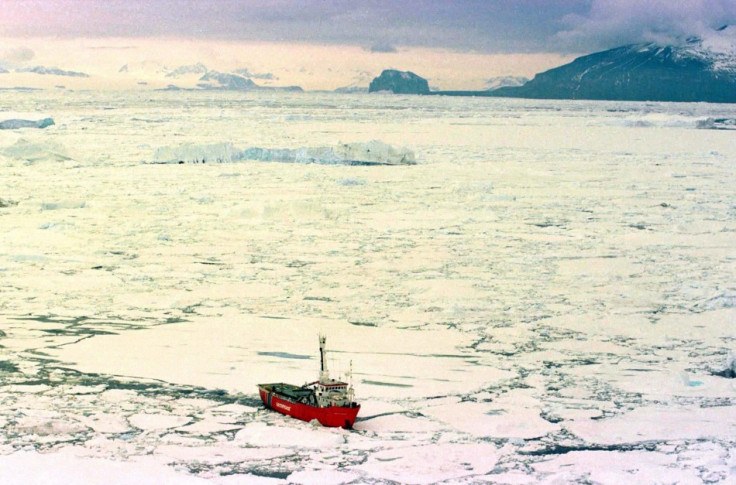King Crabs Invade the Antarctic

King crabs have invaded parts of Antarctica and are doing severe damage to the region's wildlife, oceanographers report.
King crabs up to a metre across have invaded deep waters on the edge of Antarctica, probably because of climate warming, and are playing havoc with the seabed wildlife, the new report published in Proceedings B, the biological journal of the Royal Society, has revealed.
The worrisome intruder is a bright-red deep-sea predator that previously had been spotted only in the Ross Sea, on the other side of West Antarctica. More than a million crabs have colonised the Palmer Deep, 4,300 feet down off the Antarctica Peninsula, and are said to be wiping out creatures including sea cucumbers, sea urchins and starfish.
The team of scientists led by Craig Smith of the University of Hawaii wrote: "Lithodid crabs (and other skeleton-crushing predators) may have been excluded from cold Antarctic continental shelf waters for more than 14 million years.
"The west Antarctic Peninsula shelf is warming rapidly and has been hypothesised to be soon invaded by lithodids. A remotely operated vehicle survey in Palmer Deep, a basin 120 km onto the Antarctic shelf, revealed a large, reproductive population of lithodids, providing the first evidence that king crabs have crossed the Antarctic shelf."
The researchers said the crabs are likely to have been there for 30 to 40 years and could wreak devastating environmental damage were the waters warm enough for crabs to climb.
None of the crabs were found at shallow depths where seas are much colder. Previous research has already named the peninsula as one of the most vulnerable regions in the world for global warming with the region warming up to 0.14C per decade.
King crabs are voracious crushers of sea floor animals, and dig into the sea floor to feast on worms and other tiny animals. The scientists from the University of Hawaii say there was an absence of native plant and animal life within the crab-dwelling zone, compared to the abundance of sea life found 100 meters above the zone.
© Copyright IBTimes 2024. All rights reserved.





